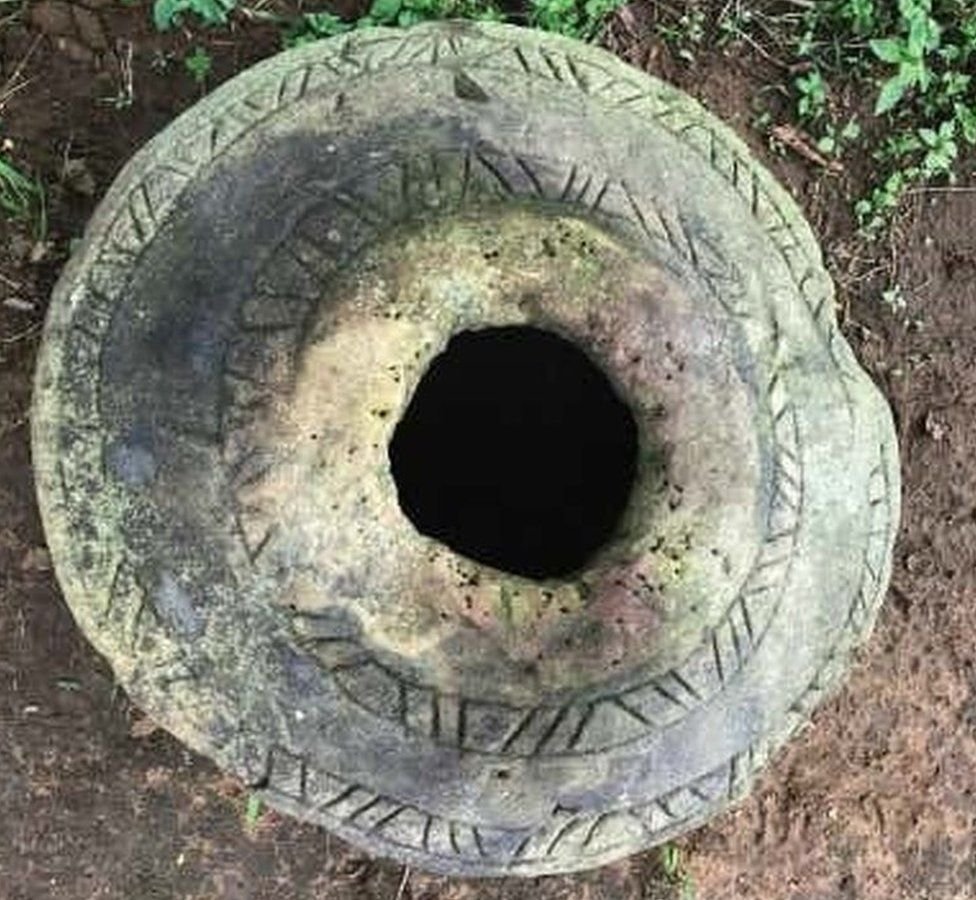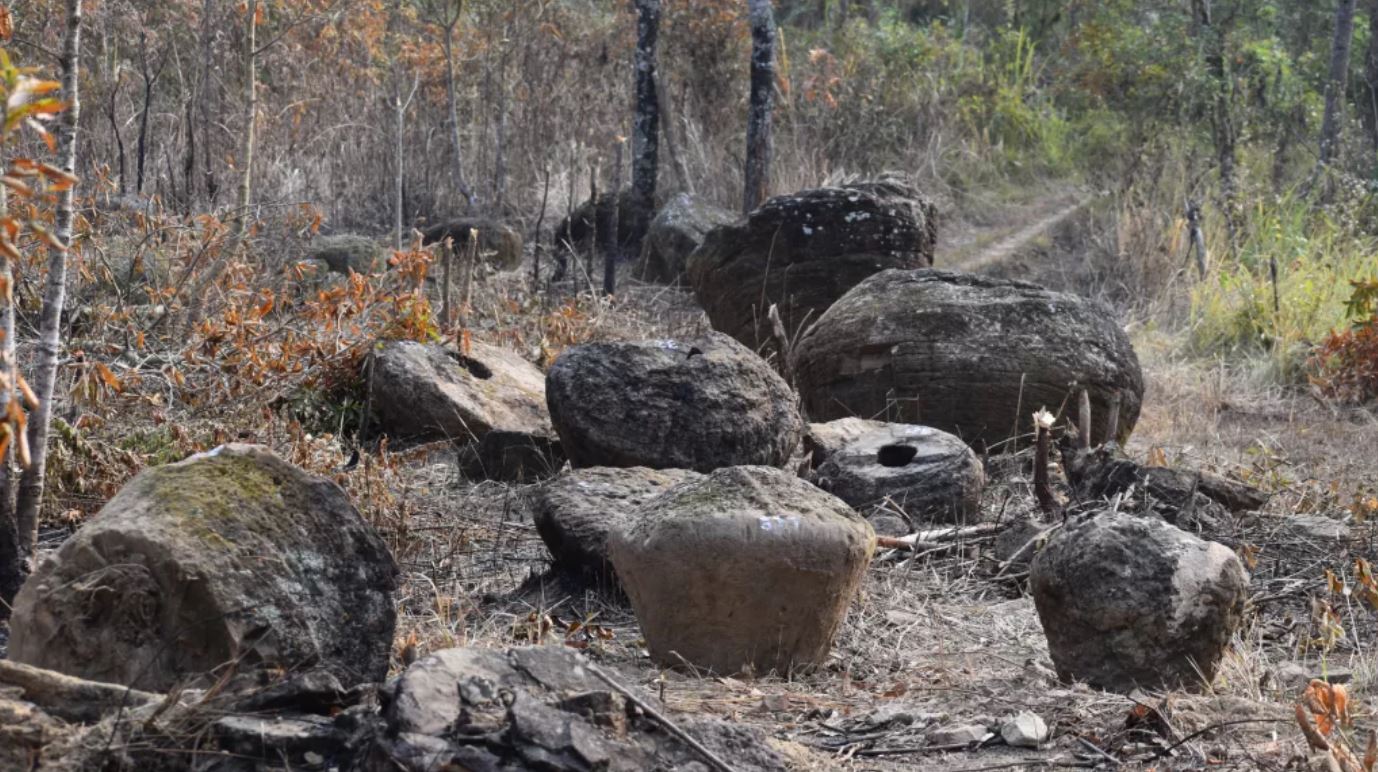Jar burials are human burials where the corpse is placed into a large earthenware and then is interred. Jar burials are a repeated pattern at a site or within an archaeological culture. When an anomalous burial is found in which a corpse or cremated remains have been interred, it is not considered a “jar burial”.
Jar burial can be traced to various regions across the globe. It is noted to have been practiced as early as BCE 4500,[1] and as recent as CE 15–17th centuries. Particular areas of studies on jar burial excavations include India, Indonesia, Lebanon, Palestine, Taiwan, Japan, Cambodia, Iran, Syria, Sumatra, Egypt, Malaysia, the Philippines, Thailand, Vanuatu, and Vietnam.

Researchers have uncovered giant “mysterious” jars in India that may have been used for ancient human burial practices. The 65 sandstone jars were found scattered over four sites in the north-eastern state of Assam.
The research was led by Tilok Thakuria from North-Eastern Hill University and Uttam Bathari from Gauhati University.
Although it is still not clear what the giant jars were used for, the researchers believe they were “likely associated with mortuary practices”.
“There are stories from the Naga people (an ethnic group in north-eastern India) of finding the Assam jars filled with cremated remains, beads and other material artefacts,” Mr Skopal said.

Dr Thakuria told the BBC that “presently the jars are empty”, and they were once possibly covered with lids.
Some 10 sites containing more than 700 jars have been uncovered in Assam so far, Dr Thakuria said. They believe these jars date back to before 400 BC.
Similar stone vessels have previously been found in Laos and Indonesia.
Source: BBC and wikipedia
Cover picture Source



Comment here